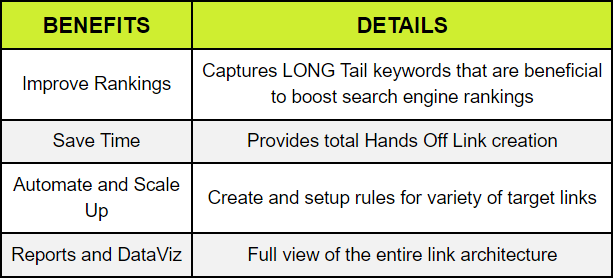Building a website is only part of the equation. If you want your website to perform its duty over time, you have to monitor it as well.
Unfortunately, monitoring website changes isn’t always easy. As such, in many cases, individuals make website monitoring mistakes. This affects the overall efficacy of their websites, thereby hurting their branding and sales capabilities.
Wondering what kind of mistakes to avoid when monitoring a website for changes? Then read on. We’re going to review 6 of them below.

1. Failing to Monitor Uptime
Uptime refers to the amount of time that your website is up and able to be accessed. While no website has 100% uptime, many websites have 99% uptime and beyond. The higher your website’s uptime, the better off you’ll be.
See, when a website goes down, it results in two primary consequences: 1. it prevents consumers from purchasing things on the website, and 2. it results in consumers taking a dim or negative view of the website. The first consequence hurts in the short term; the second consequence hurts in the long run.
This is why it’s important for you to monitor your website’s uptime. By failing to do so, you could be allowing your website to go down for long stretches of time. By doing so, on the other hand, you can determine just how often your website is going down, and then take steps to rectify the situation, if necessary.
There are all sorts of programs available to help monitor uptime. Some of these are free. Note, though, that the best of them will cost a fee.
2. Failing to Monitor Google Rankings
Another key aspect of website monitoring is to monitor the Google rankings of the website’s content. This is vital, as it determines how beneficial the website’s SEO efforts have been. It indicates whether the current SEO strategies are worthwhile, or whether time should be spent on different strategies.
It’s important to monitor content on Google every week or so. This way, you can get an idea as to whether your content is moving up or down the rankings.
To monitor your content on Google, you can utilize a variety of tools. If you’re looking for a tool to use right now, give CrawlSpider a try!
3. Failing to Monitor the Validity of Your SSL Certificate
It’s now standard practice to protect your website with an SSL certificate. This is important not only for visitors’ perceptions of your website but for how well your website ranks on search engines as well. Considering how easy it is to slap an SSL on your website, there’s really no excuse not to have one.
Note, though, that just putting an SSL on your website isn’t enough. You also have to monitor your SSL certificate to ensure that it’s still valid. This is as simple as entering your website every day or so and making sure that the lock symbol still appears on the left side of your browser search box.
4. Failing to Monitor User Experience
Don’t think of your website as a static entity. Think of it as a living and growing thing. You should constantly be improving your website so as to provide the greatest user experience possible.
To do this, however, you need to be able to monitor user experience. You need to see how long users are staying on your website, which pages they’re clicking through to, and which parts of your website they spend the most time looking at.
Fortunately, you can do this with the help of a variety of tools. These tools can provide you with all of the above-discussed metrics, as well as information on where the users reside, what types of devices they’re using to browse your website, and more.
Note, if you fail to monitor user experience, you’ll make nothing but uninformed decisions. You’ll essentially be shooting in the dark. You might hit something every once in a while, but, by and large, you’ll miss entirely.
5. Allowing Your Hosting Provider to Monitor Your Website for You
Another common mistake when it comes to website monitoring is allowing your hosting provider to monitor your website for you. Many hosting providers offer such services. While some do a good job, others come up far short.
As such, it’s extremely important that you don’t allow this to happen. You must put the effort into monitoring your website on your own. It’s important that you see the metrics with your own two eyes; otherwise, you’re bound to miss important occurrences.
Now, you don’t necessarily need to perform all of this monitoring with your own two hands. You can hand the task off to someone else. But make sure that you’re being informed on how your website is performing, and that you’re not just being alerted when something goes wrong.
6. Failing to Monitor Page Load Speed
The last mistake we’re going to discuss is the mistake of failing to monitor page load speed. Your website’s page load speed must be fairly quick, lest you turn off website visitors and receive SEO penalties from Google. Generally speaking, it’s best for your website to load in 3 seconds or less.
Unfortunately, all sorts of factors can affect page load speed over time. Whether it’s uploading large images, adding too much new code, or failing to cache your data, your website can slow down substantially.
For this reason, you must monitor its speed on a regular basis. A high-quality page speed monitor will not only inform you of your website’s speed but will also tell you how to make your website faster.
Need Help Curbing Website Monitoring Mistakes?
Are you having trouble with website monitoring mistakes? Need a page change monitor to assist with content monitoring and website monitoring? If so, look no further than CrawlSpider.
We provide website audits of all kinds, ensuring that our client websites perform as well as they possibly can.
Contact us now to discuss your needs!

